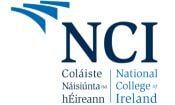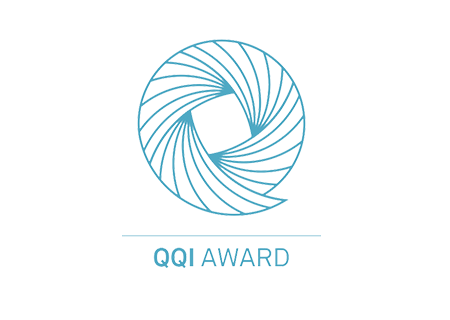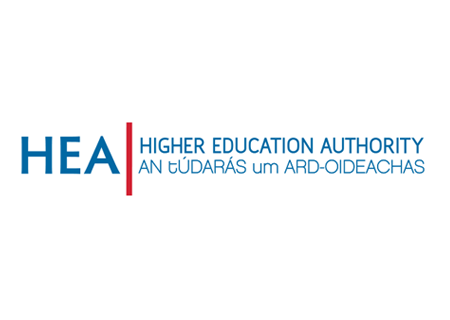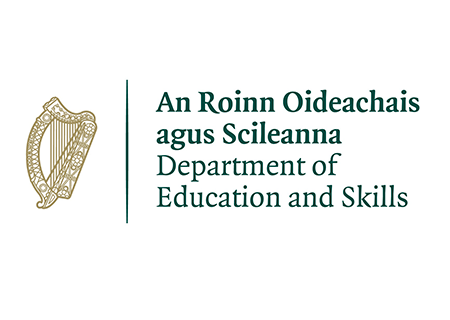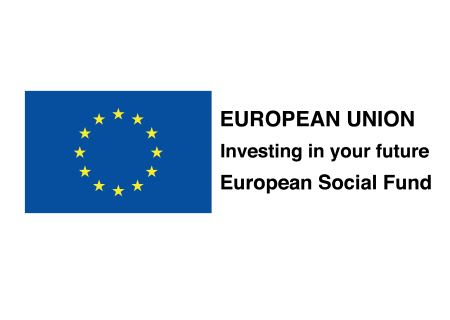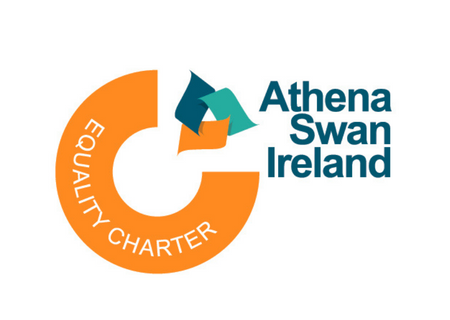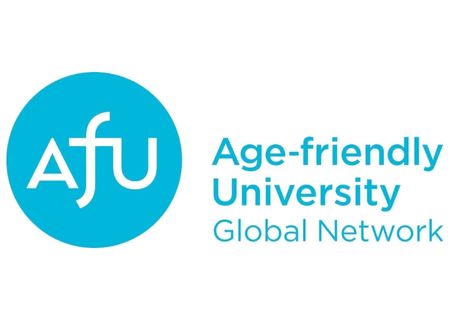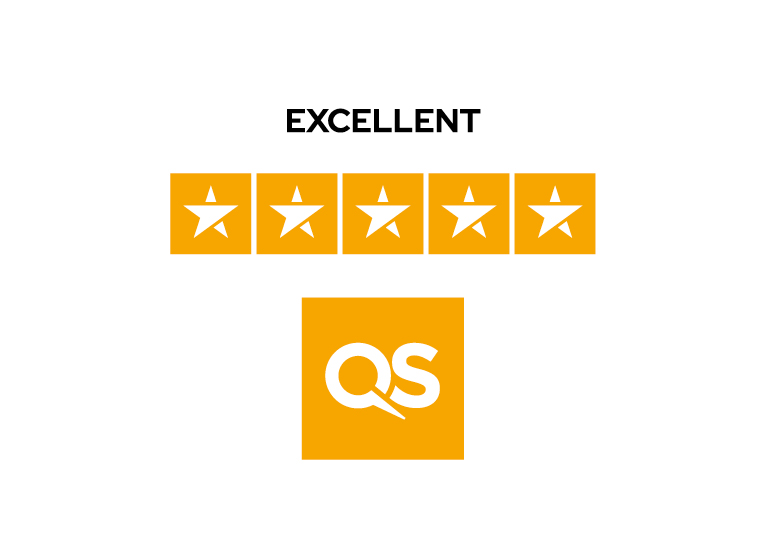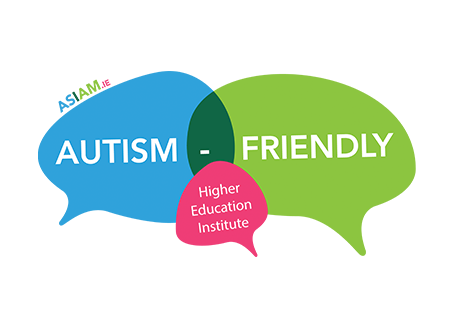
This is a guest post written by Conor Thompson, Universal Design for Learning (UDL) Coordinator at NCI. Conor completed a Postgraduate Diploma in Further Education in 2020 after which he joined the NCI team to support students with a diverse range of educational needs and learning differences. He transitioned into his current role to promote inclusive learning strategies across the College. Conor explains what UDL is, how it is implemented at NCI and lists some useful resources in this article.
 Coffee or Tea? Bus or walk? Travel the world or go for that promotion? Whether big decisions or small, we are constantly presented with choices in our daily lives. These choices may sometimes be difficult, but we’re all the better for having options and making decisions that suit us best. This is true of learning also, when we can choose what to learn, how to learn it and how to demonstrate mastery, we feel empowered and engaged in the learning process.
Coffee or Tea? Bus or walk? Travel the world or go for that promotion? Whether big decisions or small, we are constantly presented with choices in our daily lives. These choices may sometimes be difficult, but we’re all the better for having options and making decisions that suit us best. This is true of learning also, when we can choose what to learn, how to learn it and how to demonstrate mastery, we feel empowered and engaged in the learning process.
Now, consider our Higher Education system; where is the choice within this system? Students may choose what course to study and even which modules to take, however, that is often where the decision-making power begins and ends. Imagine a system that purposefully designed choice into modules, lectures and learning platforms such as Moodle. What impact would that have on the students? The Universal Design for Learning (UDL) framework provides an answer to this question.
What is UDL?
The Universal Design for Learning (UDL) framework provides the methodologies and mindsets needed to design choice into Higher Education programmes and empower all our learners. The framework is both evidence-based and informed by neuroscience. UDL is essentially about handing decision-making power back to students; choice in how to engage with course content, choice in how to process and understand information and choice in how to demonstrate learning. These choices centre on three principles:
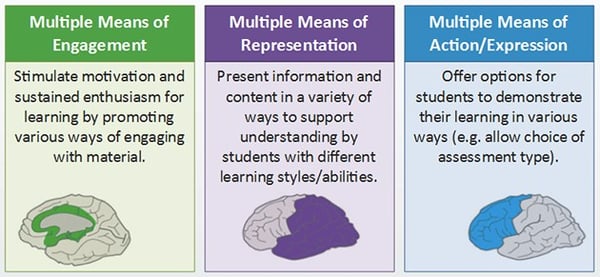
UDL essentially aims to include the maximum number of students by design. In this regard, the aim of UDL is to design ‘to the edges’ rather than designing for the mythical ‘average learner.’ Choice is a key driver here; if students from a multitude of backgrounds, with varying levels of self-belief in a given subject area, have choice, we may no longer need to provide specialised accommodations for certain students. The result is that more learners feel included as they may not need to apply for any separate arrangements but instead make choices that are open to everyone.
How is UDL put into practice at NCI?
So, what does this look like in practice? Last semester, over forty of our colleagues here at NCI took part in the Digital Badge in UDL from the National Forum for the Enhancement of Teaching and Learning. This free, ten-week programme provided participants with an introduction to the key principles and participants took the opportunity to implement UDL by redesigning an aspect of their practice. This led a wide variety of impactful, UDL based changes on their modules. Here’s a quick run through of some of these changes:
Choice in Assessments: Some colleagues provided choice in assessment design. This meant giving the learners a choice in whether they wanted to work individually or in a group. Others gave learners a choice between written assignments or video recorded presentations. End of module surveys really highlighted the positive impact these changes had.
Choice in Information Display: Others altered their slides and Moodle pages, meaning that learners were presented with information both textually and visually. Another participant altered their reading lists to provide choice between reading, watching or listening to course content.
Choice in How to Engage: Meanwhile, others gave students options between using the chat box, mic or Menti’s for engaging in class discussions. It was noted how students who struggle with written expression really benefitted from this change. In a support setting, options were provided as to how students engage with services via chat, online or in-person meetings.
Want to learn more?
If you are interested in learning more about UDL, you can:
- Read this guide from the University of Calgary
- Listen to this podcast with Mark Hofer. Mark shares how he implements Universal Design for Learning in his teaching
- Watch this short information video from AHEAD
Conor Thompson is the Universal Design for Learning Coordinator at National College of Ireland. If you have any questions about the UDL initiatives mentioned above or want to connect to have a chat about all things UDL, contact Conor by emailing conor.thompson@ncirl.ie.
